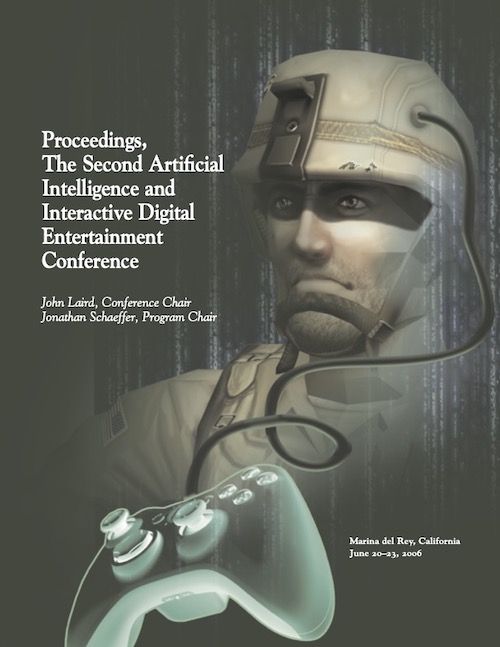Believable and Reactive Crowds in Next Generation Games
DOI:
https://doi.org/10.1609/aiide.v2i1.18767Abstract
The creation of life-like believable characters is emerging as the central focus of next-generation game development and is viewed as critical to obtaining true mass-market appeal. Reactive crowd simulation is a critical component in creating believable character. The demo runs on a Xbox 360 and shows the following crowd behaviors. A typical downtown is populated with pedestrians and vehicles. The pedestrians mill about the town staying on the sidewalk and cross only at street corners (although some decide will jay walk from time to time). Occasionally, they will stop to talk with one another. Cars drive around the city and obey the traffic lights. The ambient behaviour is interrupted by traumatic event; in this case a terrorist pulls out a run and starts firing at the crowd who now move into a panic behaviour. Some crowd members run away immediately from the terrorist while others first cower in fear before running away. Crowd members who do not hear the weapon fire but see a panicking pedestrian may also panic or continue about their business depending on how cool they are. Vehicles also flee the terrorist and will drive on sidewalks and over pedestrians to save themselves.

